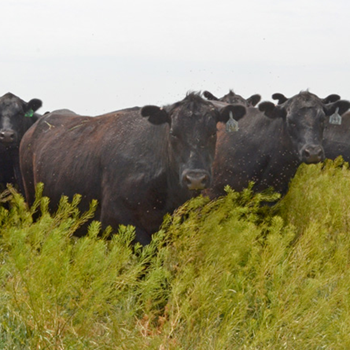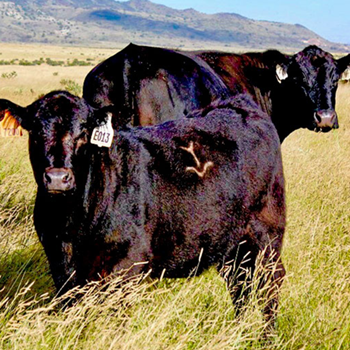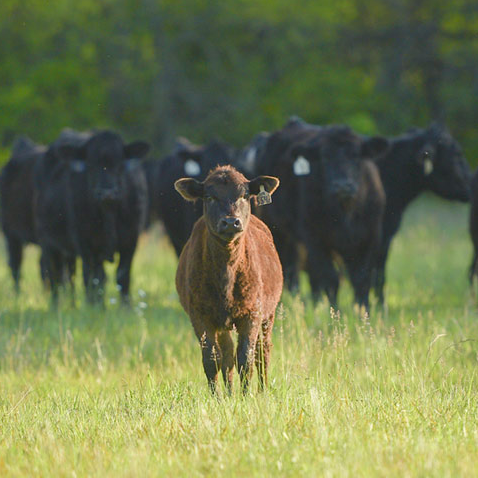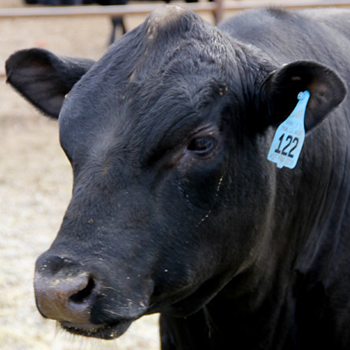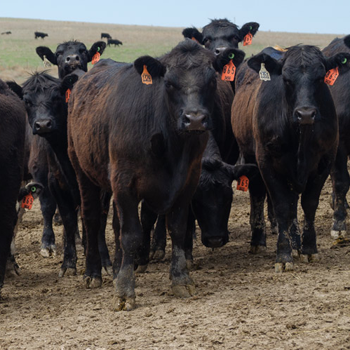Export Opportunities and Grain Outlook
Beef exports optimistic, grain stocks to use comfortable.
African Swine Fever (ASF) has been a dominating headline in 2019, and while that may not seem to affect beef producers, it absolutely does. So said Mike Murphy, CattleFax vice president of research and risk management services, at the 2020 CattleFax U.S. & Global Protein & Grain Outlook Seminar during the Cattle Industry Convention and NCBA Trade Show in San Antonio, Texas, Feb. 5-7.
ASF was first reported in August 2018 and has affected most of southeast Asia. While nearly half of the global swine herd was in China pre-ASF, the disease has decimated China’s pork supply. It is not a highly contagious disease, but it is incredibly deadly, with a 95% mortality rate.
 |
The United States is still the biggest producer of crude oil, so we are adequately supplied in terms of energy, Mike Murphy said, adding that he doesn’t expect much change in energy prices. |
This means China has to import more protein, and some Chinese consumers are eating more beef as a result. The Phase One trade agreement with China opens the door for American beef, Murphy said. It will take China about 24-36 months to restock their livestock numbers once an ASF solution has been found, so this opens a window of opportunity for American agriculture.
While America has exported about 30 million pounds (lb.) per year to China since our regained access in 2017, Australia and other countries have exported about 650 million lb. Global beef prices are high, and demand is currently higher than current supply.
In 2017, agricultural exports to China and Hong Kong were worth about $22 million. Murphy predicted that increased access could cause that to jump to about $35 billion in 2020 and more than $40 billion in 2021.
“That is a significant increase. It will make a huge impact in agricultural products that incorporate corn, beef and ethanol,” he said. The United States is still the biggest producer of crude oil, so we are adequately supplied in terms of energy, he said, adding that he doesn’t expect much change in energy prices.
For beef, this trade deal gets rid of three major barriers: China will (1) accept hormone products, (2) accept U.S. traceability meeting Food Safety and Inspection Service (FSIS) standards, and (3) conduct a risk assessment on ractopamine and might be willing to accept beef from calves that have received it in the future.
“For the long-term, this is an optimistic situation,” he said. “We will be in position to supply grain-fed beef, something our competition isn’t able to do.”
Grain and energy outlook
Last year was certainly not an easy year for crop growers. Reports have shown acres harvested were actually better than expected, but yield was hit hard. However, stocks-to-use quantities are still comfortable at around 13%.
This year, weather predictions look to be more favorable during growing seasons. Murphy said he anticipates both corn and soybean acreage to increase. Demand for corn will increase from both the pork and poultry industries, while beef will stay stable. Ethanol demand will also increase on the export side.
Since stocks-to-use levels are comfortable for corn, Murphy said he expects prices to be in the $3.50-$4.00-per-bushel range. Prices will be a little higher for soybeans, around $8.75-$9.75 for spot futures. He predicted hay prices to average around $160 per ton.
“Feed shouldn’t be a huge issue in 2020 for the cow-calf operator’s budget,” he said.

